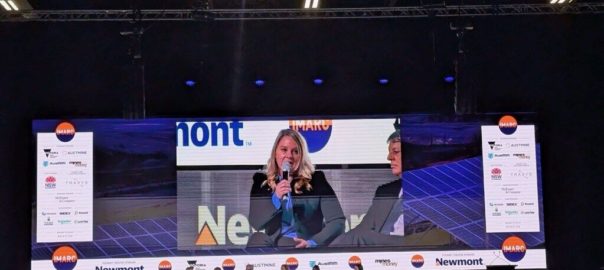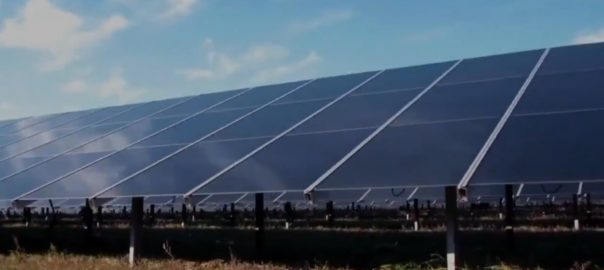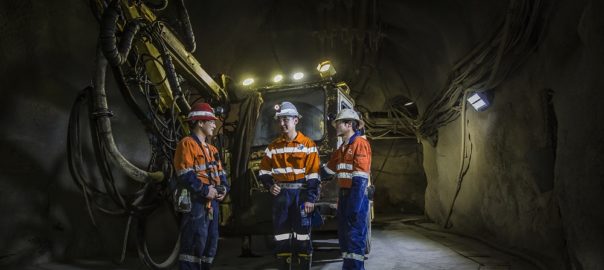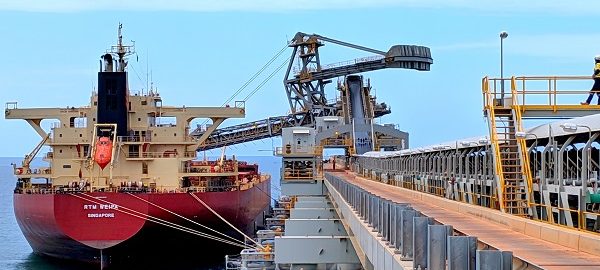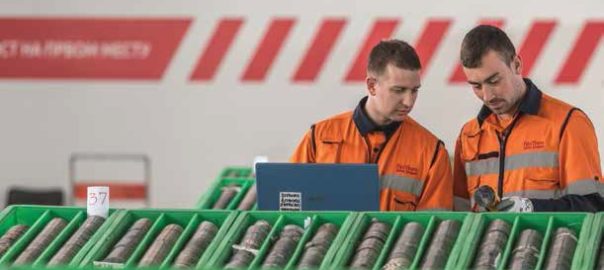With pressure mounting on the mining industry to reduce emissions, leaders are actively addressing challenges associated with decarbonisation, emphasising that achieving net-zero will require substantial collaboration, significant investment, and a clearly defined roadmap for a sustainable future.
Speaking on a panel about collaborative ways to support the energy transition on day two of the International Mining and Resources Conference + Expo (IMARC), Rebecca Tomkinson, CEO of the Chamber of Minerals and Energy of Western Australia, highlighted the importance of maintaining industry alongside environmental goals. “We don’t save the climate by not having industry in our nation. Indeed, we accelerate the problem,” she said.
“The price of electricity has doubled in the last three years in the Western Australian context. Already, the operating model is costing you more at a time when commodity prices are being compressed. So, you can’t have the same return on investment as you had three years ago.”
BHP’s approach to decarbonisation featured prominently, with insights from Gabrielle Sycamore, Head of Strategic Service, and Sebastian Greco, VP of Procurement. Sycamore framed the transition as “an existential opportunity and challenge” for the industry, describing the importance of engaging with communities, especially traditional owners, to ensure meaningful progress.
“Taking the communities that we operate in with us means allowing time in our schedule, our very ambitious schedules, to have that conversation about what role the traditional owners may play,” Sycamore said.
Greco outlined BHP’s targets of reducing emissions by 30% by 2030 and reaching net-zero by 2050.
“This transition will require more effort, more collaboration, and more investment,” he said. “We estimate that a multibillion-dollar spend is required to execute our operational plans for the next five years.”
BHP’s efforts include moving to renewable energy, testing zero-emission trucks, and partnering with equipment manufacturers to accelerate technology adoption.
“Partnership is a key enabler for innovation,” Greco said, pointing to joint projects with suppliers and peers.
Sanjeev Gandhi, Managing Director and CEO of Orica, spoke on the urgency of decarbonisation and the need for steady policies to guide long-term investments.
“If you don’t find a solution quickly, you’re going to see more job losses in manufacturing. And when we talk about future made in Australia, my point is, let’s first preserve the present,” he said.
Stephen McIntosh, Director of the Australian Renewable Energy Agency, looked to industry-wide standards are another priority.
“We don’t all need to run the same proof of concept,” he said. “This is the time when the industry absolutely has to come together and parcel out all of that work so we can collaborate, build these networks, and move quickly.”
Gandhi closed out the panel with a strong message, making it clear that a collective effort is essential to making decarbonisation competitive and sustainable in the long term.
“Let’s stop pointing fingers at each other. Let’s try and find a way to work together to get that vision going.”







